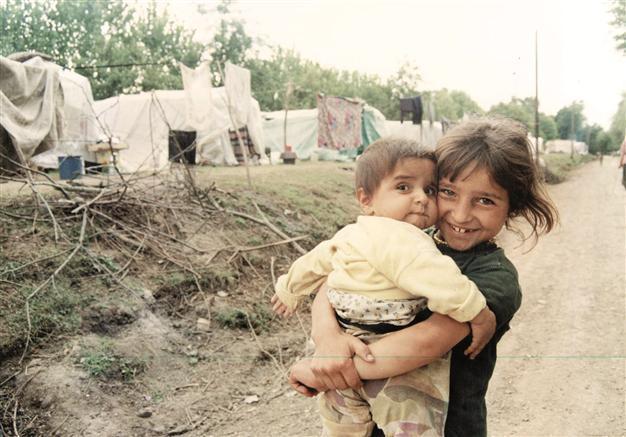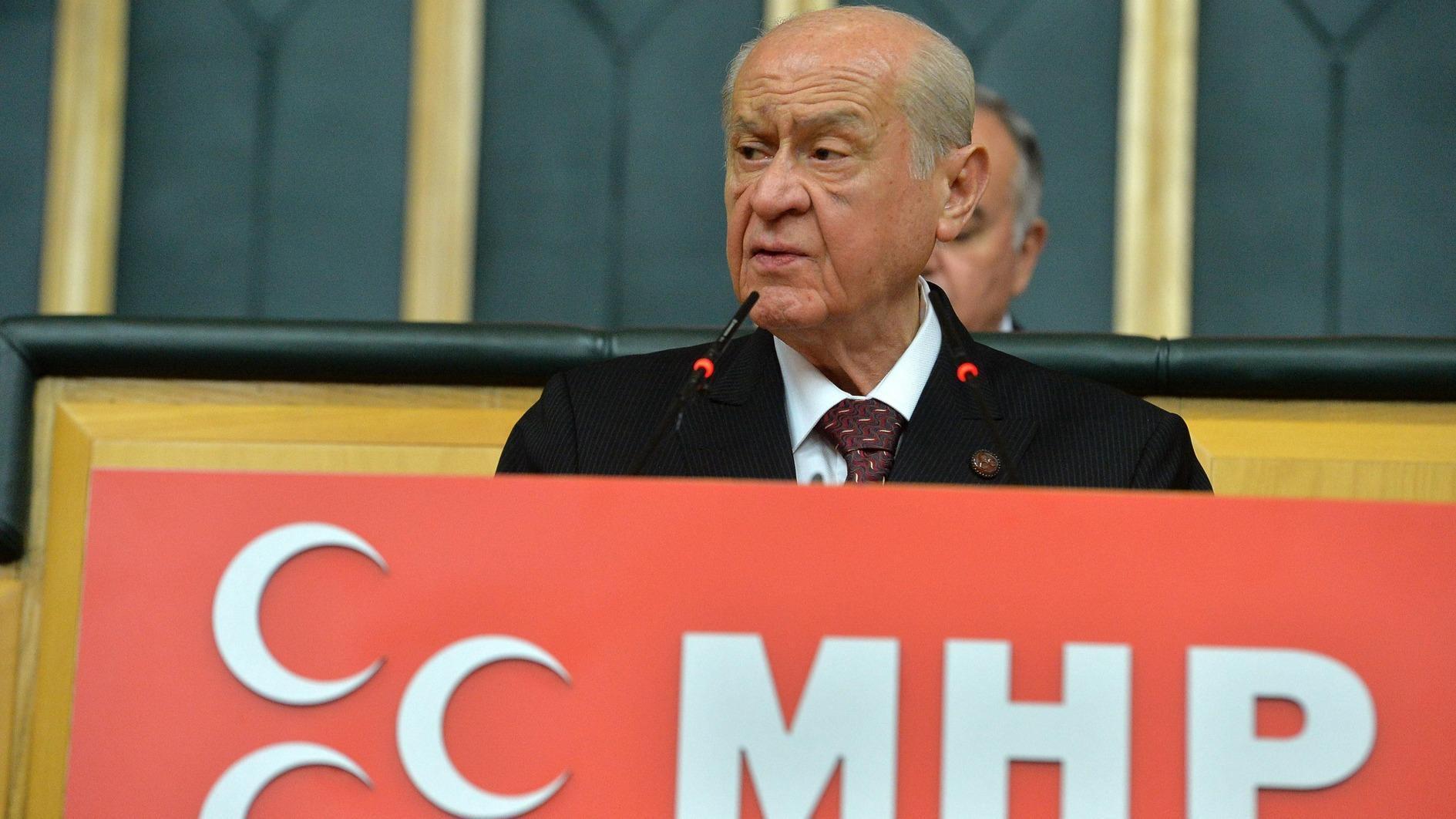Two thirds of children live in poverty in Turkey: Report
ISTANBUL

The report released by Bahçeşehir University’s Center for Economic and Social Research stressed that despite being in decrease, child poverty in Turkey is persistent and severe.
Two out of every three children in Turkey live in poverty according to European Union standards, according to a report prepared by Bahçeşehir University’s Center for Economic and Social Research (Betam).The severe material deprivation rate among children aged between 0 and 15 in Turkey was 63.5 percent in 2011, according to the report released by Betam on April 22, the day before Turkey’s official national Children’s Day. According to the figures, Turkey falls behind Southern Europe countries as well as other less-developed European countries such as Hungary and Romania. In Romania, which has the closest rate to Turkey, this rate is 36 percent, while in Greece it is 16.5 percent and in Italy it is 12.4 percent.
The European Union defines the criteria for severe material deprivation if a household cannot afford at least four of the following items: Rent payments; mortgage or utility bills; adequate house warming; unexpected expenses; meals involving meat, chicken or fish every second day; a one-week annual holiday away from home; a washing machine, color television, telephone or car.
Meanwhile, the share of Turkish children living in basic material deprivation fell substantially and rapidly from 2006 to 2010, however there was a small increase in 2011.
The basic material deprivation rate among Turkish children declined from 34.7 percent in 2006 to 24.4 percent in 2010. In 2011, the rate of basic material deprivation increased to 24.8 percent. This increase came despite the fact that the share of children who cannot meet their protein needs declined from 66.9 to 64.7 percent, the share of children living in households that their families were unable to warm adequately declined from 40.3 to 39.9 percent, and the share of children who could not meet their clothing needs fell from 40.8 to 40 percent from 2010 to 2011. The basic material deprivation rate rose because the rate of children in households that could afford none of the three basic needs increased, albeit slightly.
The frequency of severe material deprivation is lowest in Turkey’s western provinces at 50-55 percent, while in the eastern provinces it is at 75 percent, according to Betam’s latest figures. More specifically, the rate is 50.9 percent in the Aegean region while it is 80.9 percent in southeastern Anatolia, according to data from the Turkish Statistical Institute (TÜİK), the report stated.
The western Black Sea, western Anatolia and eastern Marmara regions were all below the Turkey average. On the other hand, an average of three quarters of children are severely materially deprived in the northeastern Anatolia, central-east Anatolia, and southeast Anatolia regions.
The Istanbul and Mediterranean regions are exceptions in the East-West division, with the proportion of severe material deprivation among children being 61.7 percent in Istanbul and 64.5 percent in the Mediterranean region. The high levels of migrants to these regions may be one of the factors causing such high rates of severe material deprivation, according to the report.
The report also stated that both international comparisons and trends in Turkey clearly show that child poverty in Turkey is persistent and severe. This means that its detrimental effects could be long term and transmit across generations, so designing and implementing urgent and active social policies on the subject is a must, it added.
















